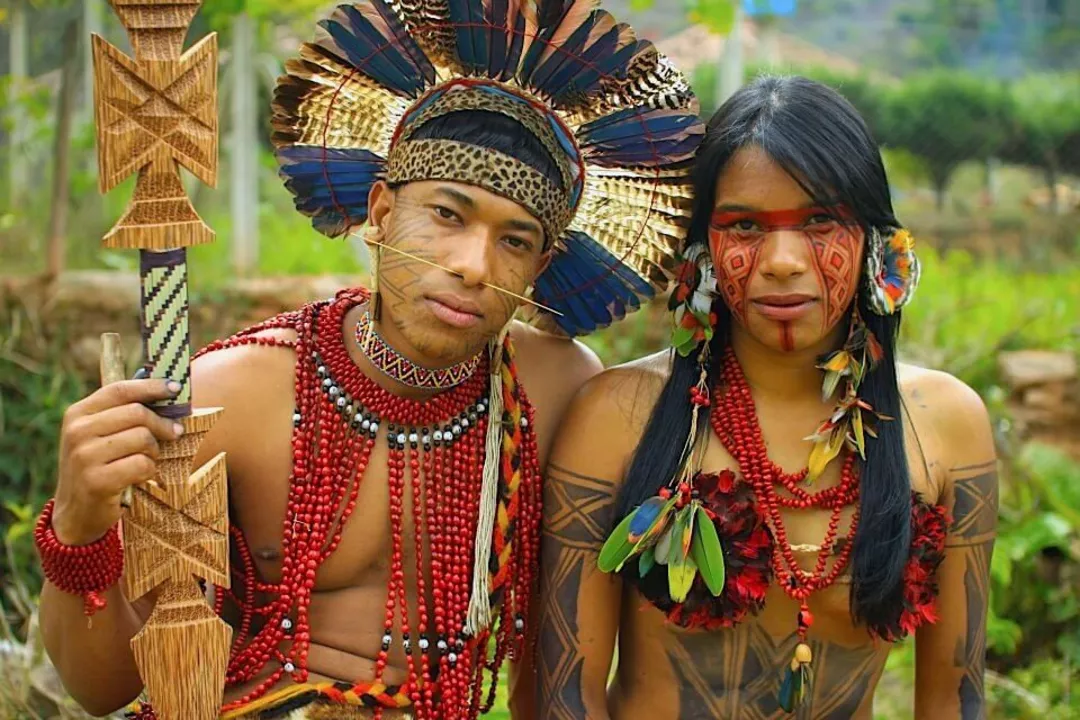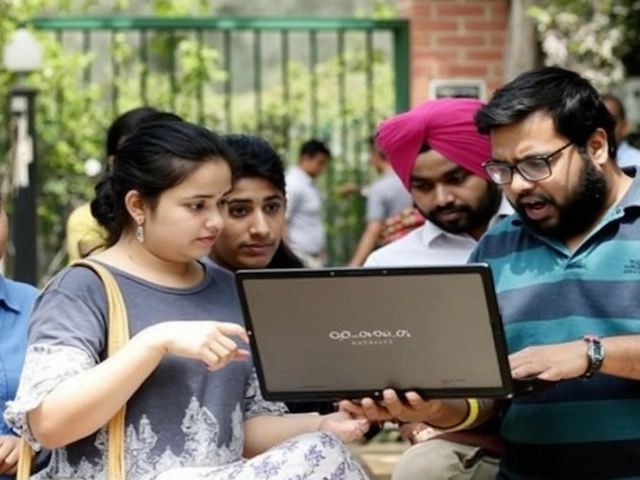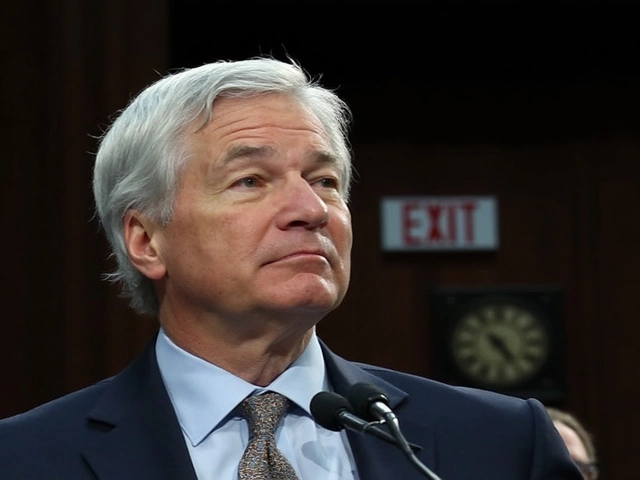Native American History – Your Quick Guide to Indigenous Heritage and Reservations
Ever wondered why you still hear about Indian reservations when you read the news? It’s not just a relic of the past – reservations are living communities where millions of Native people keep their traditions going. In this guide we break down the basics of Native American history, explain how reservations work today, and point you to the stories that matter.
Why Reservations Still Matter
Reservations started as a way for the U.S. government to set aside land for tribes after centuries of conflict. Over time the borders shifted, the acreage shrank, and many promises were broken. Yet the land that remains is more than a map line – it’s a place where languages are spoken, ceremonies are held, and families pass down knowledge.
Today there are about 300 federally recognized reservations, ranging from the massive Navajo Nation in the Southwest to tiny plots in the Northeast. Each reservation is its own legal entity, with its own council, police force, and schools. This autonomy lets tribes protect sacred sites, run businesses, and manage natural resources the way they see fit.
Economic challenges are real, but many tribes are turning to tourism, renewable energy, and cultural enterprises to create jobs. When you buy a piece of Native-made jewelry or stay at a tribal-owned lodge, you’re supporting that effort.
Key Tribes and Their Stories
The term “Native American” covers more than 500 distinct nations, each with its own language, customs, and history. Take the Cherokee, for example – they built a written language in the early 1800s and created one of the first Native-owned newspapers. Or the Lakota, whose oral histories keep the memory of the Great Plains alive through songs and storytelling circles.Even within a single reservation, you can find a mosaic of cultures. The Ho-Chunk Nation in Wisconsin operates farms, casinos, and a cultural center that teaches young people how to weave traditional baskets. Meanwhile, the Tlingit people of Alaska still practice totem carving and salmon fishing on their coastal lands.
Learning about these tribes isn’t just a history lesson; it’s a way to appreciate the resilience and creativity that shape today’s America. If you’re curious, start with the story behind the post “Are there still a lot of Indian reservations in America today?” – it gives a snapshot of the current landscape, from the size of reservations to the everyday life of Indigenous families.
So, what can you do with this knowledge? First, recognize that every reservation has its own government and set of rules. If you visit, always ask permission before photographing sacred sites. Second, support Native businesses – whether it’s a handcrafted drum or a locally grown food product. Finally, keep learning. Podcasts, museum exhibits, and tribal websites offer fresh perspectives that go beyond the textbook.
Native American history isn’t a static chapter; it’s a living story that continues to evolve. By understanding the past and respecting the present, you help keep that story vibrant for the next generation.
Are there still alot of Indian reservations in America today?
Today, there are still many Indian reservations throughout the United States. These reservations are home to Indigenous populations from many different tribal nations, each with their own unique culture, language, and traditions. The reservations are protected lands where the Indigenous peoples can live in accordance with their customs, and where their rights are protected. Although the reservations are significantly smaller today than when they were established in the past, they are still important places for Indigenous people to connect with their heritage and pass it down to future generations. Despite the challenges they face, these reservations are a source of pride and strength for Indigenous people in America.





